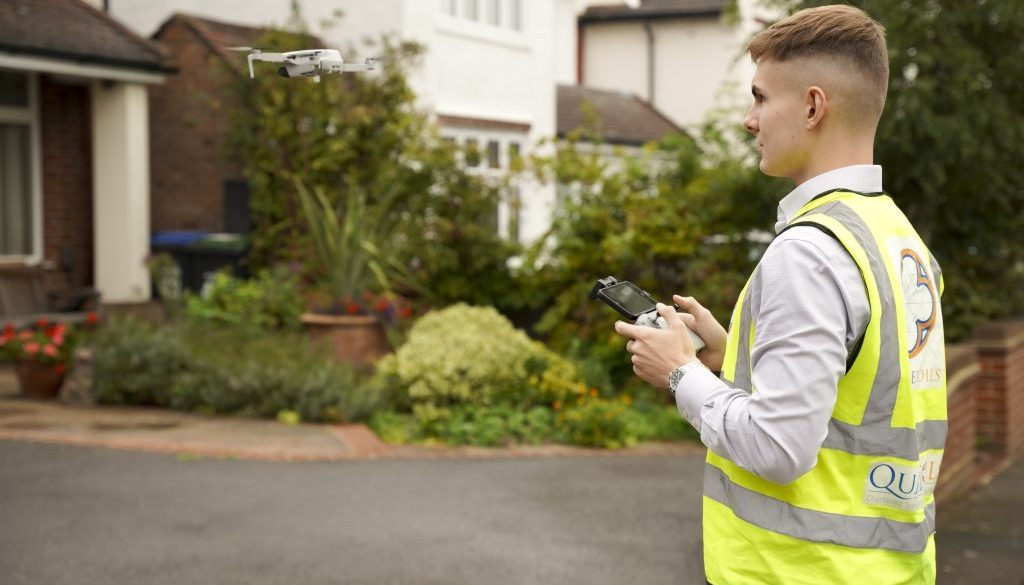Technology: The Revolutionary Impact on Surveying Practices
The integration of technology into building surveying practices has not only improved the quality and accuracy of surveying data but also transformed the way surveys are conducted, making the process more efficient, cost-effective, and responsive to the needs of modern construction projects.
Some of the key ways technology is impacting building surveying are:
1. Building Information Modelling (BIM):
BIM is a digital representation of the physical and functional characteristics of a building. It allows surveyors to create 3D models that include all relevant data about the building’s components, materials, and systems. BIM enables better collaboration among various stakeholders, reduces errors, and facilitates efficient decision-making throughout the building’s lifecycle. Examples of common BIM software you may have heard of are Revit and SketchUp.
2. Drones and UAVs:
Unmanned Aerial Vehicles (UAVs) or drones are used to capture aerial images and conduct inspections of buildings’ exteriors and hard-to-reach areas. This technology helps surveyors assess building conditions more safely, quickly, and cost-effectively than traditional methods.
3. 3D Scanning:
3D scanners are able to capture millions of data points within seconds, creating highly detailed and accurate point clouds of buildings and their surroundings to provide information and data much quicker and more accurately than traditional methods. It also allows building surveyors to conduct inspections from a distance when the environment is hazardous or delicate. 3D scans can be superimposed on building models (BIM) to perform clash detection, identifying potential conflicts between design elements and existing conditions. This helps prevent costly rework during construction.
4. Data Analytics and Artificial Intelligence (AI):
Data analytics and AI tools can process vast amounts of surveying data, identifying patterns, trends, and potential issues that may not be evident through manual analysis. AI-powered algorithms can assist in detecting defects, predicting maintenance needs, and optimizing building performance.
5. Mobile Apps and Cloud Computing:
Mobile apps and cloud-based platforms enable surveyors to access and update data in real-time from the field. This streamlines communication and data sharing, reduces paperwork, and improves the efficiency of reporting and project management.




